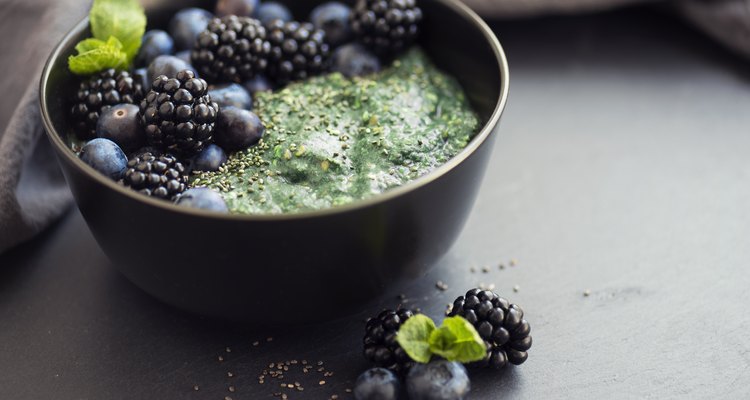
Rocky89/E+/GettyImages
If you're looking for a superfood to upgrade your diet, try adding spirulina. So what exactly is spirulina? It's a blue-green algae that can be eaten fresh, as a powder or as a supplement. It's considered a superfood due to its high nutritional value and is loaded with vitamins and minerals. You can also cultivate it fresh in your home either indoors or outdoors.
History
Spirulina is believed to have been eaten as far back as the Aztecs in 16th century Mexico, where it was harvested from Lake Texcoco. It became more widely used as a supplement and superfood in the 1970s.
Rich in Vitamins and Minerals
There are numerous benefits to eating spirulina daily. It's low in calories, carbohydrates and fat. It's rich in many vitamins and minerals, such as vitamins B1, B2, B3, iron, copper, protein, magnesium, manganese and potassium. It's one of the most nutritiously dense foods you can eat.
An Antioxidant
Spirulina is also known to have antioxidant properties. The main active component is phycocyanin, which can fight free radicals. Phycocyanin has anti-inflammatory properties.
Other Possible Health Benefits
Spirulina is also thought to help relieve allergies such as allergic rhinitis. It's also believed to help lower triglycerides and LDL cholesterol, which is considered bad cholesterol. It may simultaneously raise HDL cholesterol, the good cholesterol. However, more research needs to be conducted to confirm these specific claims.
Spirulina Farming at Home
You can grow your own fresh spirulina at home to save money. Fresh spirulina is three times more potent than the dry form. It can be grown indoors near a window or using artificial light. It can also be grown outdoors in direct sunlight in a tank, basin or even a pond.
Supplies
In order to grow your own spirulina, you'll need a tank or basin. An average-sized fish tank should feed up to four people.
You'll need a large spoon for stirring and aeration or an electric air tank. You'll also need harvesting equipment such as a mesh cloth or net. Lastly, you may need drying racks in case you grow the spirulina faster than you're consuming it.
Culture Medium
The culture medium is water mixed with the nutrients the spirulina needs to thrive. It's essentially its food. This consists of sodium bicarbonate or direct CO2, magnesium sulfate, potassium nitrate, citric acid, salt, urea, calcium chloride, iron sulfate and ammonium sulfate. You'll also need spirulina seeds to start your culture.
Water
Use bottled or filtered water because the purity of the water is essential for healthy spirulina growth. Spirulina thrives best at a temperature of 77 to 100 degrees Fahrenheit. It can tolerate lower temperatures, but this will affect the rate at which it grows and multiplies, so warmer temperatures are ideal.
Mother Culture
In order to begin growing spirulina, you need to have a mother culture. The spirulina medium can be bought in a starter kit. It can also be made from spirulina seeds. From there, when placed in the culture medium, spirulina multiplies quite rapidly.
Agitation
Spirulina needs frequent agitation to make sure its filaments are getting adequate sunlight and carbon dioxide. Agitation and aeration can be created by frequent stirring. For optimum spirulina production, add an electric air pump to your tank.
Harvesting
Spirulina takes approximately two to three weeks to grow. At this point, it's ready to be harvested. Allow the excess water to drain from the spirulina on drying racks. Once the excess water is gone, it can be eaten fresh. You may also want to dry it out or grind it into a powder if you've grown more spirulina than you can eat.
How to Eat Spirulina
You can eat spirulina fresh. It can also be dried and ground up into a powder, which can be added to smoothies, sprinkled on foods or added to a salad. If you don't want to grow your own spirulina, it can be purchased as a powder or supplement capsule.
Do Algae Produce Oxygen?
Blue-green algae, also referred to as cyanobacteria, is a tiny organism. These microbes conduct photosynthesis using sunlight, water and carbon dioxide to produce oxygen.
Harvesting your own spirulina can be a fun and rewarding way to optimize your health. Try adding spirulina to your diet and see if this superfood works for you.
Related Articles
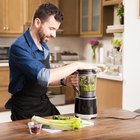
How to Eat Oat Grass
How to Substitute Chia for Xanthan Gum

The Effects of Organic Fertilizer on ...

How to Remove a Cardamom Seed From a Pod

How to Dye Keg Beer Green
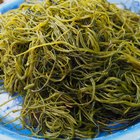
The Calcium Content of Spirulina
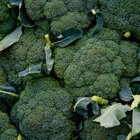
Vegetables That Are Considered to Be ...

Advantages of Vermicompost
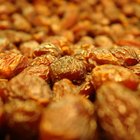
How to Refresh Dried Fruits: Raisins

Hop Allergies
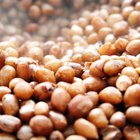
Why Do Cashews Cost More Than Peanuts?

How to Make Rubbed Sage
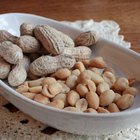
What Is the Shelf Life for Raw Peanuts?

How to Choose Quality Korean Ginseng
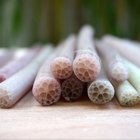
Benefits of Lotus Stem

How to Dissolve Non-Instant Milk Powder

What Is Agave Syrup?

Can I Eat the Seeds of a Habanero ...

How to Get Rid of an Ant Nest in the ...

Types of Coral Jewelry